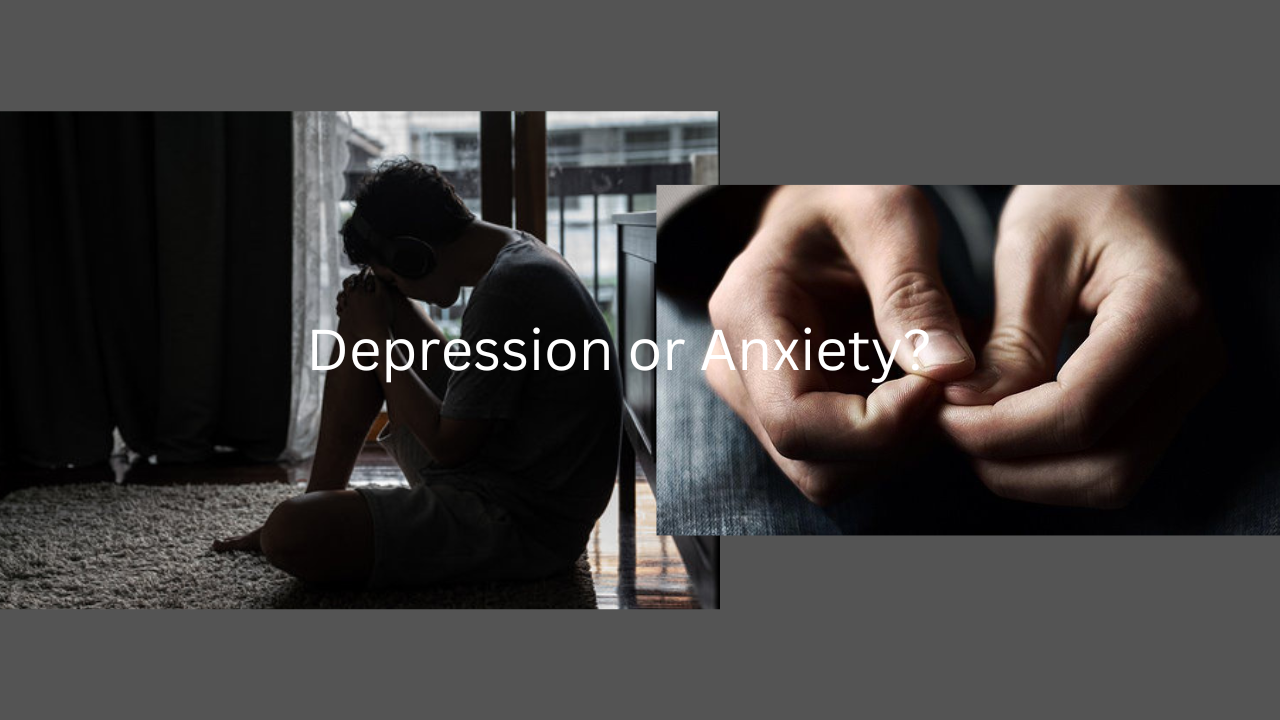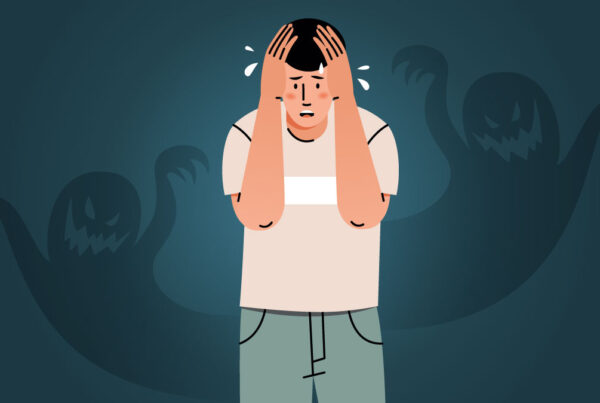Mental Illness:
Depression. Bipolar. Anxiety. You’ve probably heard these terms before, but how much do you know about these mental health conditions, and about how they affect people?
Understanding these conditions can help reduce fear and misunderstanding of mental illness, and empower everyone with the knowledge on how to care for their mental health, and that of their loved ones.
In this article we will discuss about those mental illnesses and their symptoms which are consuming many lives these days.
Anxiety
What: Anxiety is a common emotion when dealing with daily stresses and problems. But when these emotions are persistent, excessive and irrational, and affect a person’s ability to function, anxiety becomes a disorder. There are different types of anxiety disorders, including phobias, panic and stress disorders, and obsessive compulsive disorder.
Symptoms: Apprehension, confusion, on edge, a sense of helplessness, repeated negative thoughts, muscle tension, palpitations and difficulty breathing
Bipolar
What: Bipolar disorder, formerly referred to as manic depressive illness, is a mood disorder with two extremes: depressed (“low”) and manic (“high”). It varies in severity, and mild cases may appear ordinary for many years. Symptoms vary; a person may be predominantly depressed, or predominantly manic. In between episodes, a person is likely to be quite well and able to function.
Symptoms: When depressed, a person feels persistently sad, hopeless and lethargic, and may feel suicidal, among other symptoms. When manic, a person becomes overly elated, more irritable, requires less sleep, makes grand plans and may impulsively engage in potentially dangerous behaviour.
Depression
What: Depression is a low mood that lasts for a long time, affecting everyday life. It is often triggered by a mix of genetic, psychological and environmental factors; studies show that the risk of becoming depressed can be increased by life events such as poverty, death of a loved one, physical illness or abuse. For some, the risk is also hereditary.
Symptoms: Persistent sadness, loss of interest in activities, loss of appetite, feelings of worthlessness, becoming easily agitated
Mental health is the foundation for emotions, thinking, communication, learning, resilience, hope and self-esteem. Mental health is also key to relationships, personal and emotional well-being and contributing to community or society. Mental health is a component of overall well-being. It can influence and be influenced by physical health.
Many people who have a mental illness do not want to talk about it. But mental illness is nothing to be ashamed of! It is a medical condition, just like heart disease or diabetes. And mental health conditions are treatable. We are continually expanding our understanding of how the human brain works, and treatments are available to help people successfully manage mental health conditions.
Mental illness does not discriminate; it can affect anyone regardless of your age, gender, geography, income, social status, race, ethnicity, religion/spirituality, sexual orientation, background or other aspect of cultural identity. While mental illness can occur at any age, three-fourths of all mental illness begins by age 24.
Mental illnesses take many forms. Some are mild and only interfere in limited ways with daily life, such as some phobias (abnormal fears). Other mental health conditions are so severe that a person may need care in a hospital. Similar to other medical illnesses, the optimal ways to provide care depend on the illness and the severity of its impact.
Diagnosis
Mental health conditions are treatable and improvement is possible. Many people with mental health conditions return to full functioning. Some mental illness is preventable.
It is not always clear when a problem with mood or thinking has become serious enough to be a mental health concern. Sometimes, for example, a low or depressed mood is normal, such as when a person experiences the loss of a loved one. But if that depressed mood continues to cause distress or gets in the way of normal functioning, the person may benefit from professional care. Family or friends may recognize changes or problems that a person doesn’t see in themselves.
Some mental illnesses can be related to or mimic a medical condition. For example, depressive symptoms can relate to a thyroid condition. Therefore, a mental health diagnosis often involves a full health evaluation including a physical exam. This may include blood work and/or neurological tests.
People of diverse cultures and backgrounds may express mental health conditions differently. For example, some are more likely to come to a health care professional with concerns about physical symptoms that are caused by a mental health condition. Some cultures view and describe mental health conditions in different ways from most doctors in the U.S.
Stigma around mental illness and treatment prevents many people from seeking needed treatment.
https://www.psychiatry.org/patients-families/what-is-mental-illness



